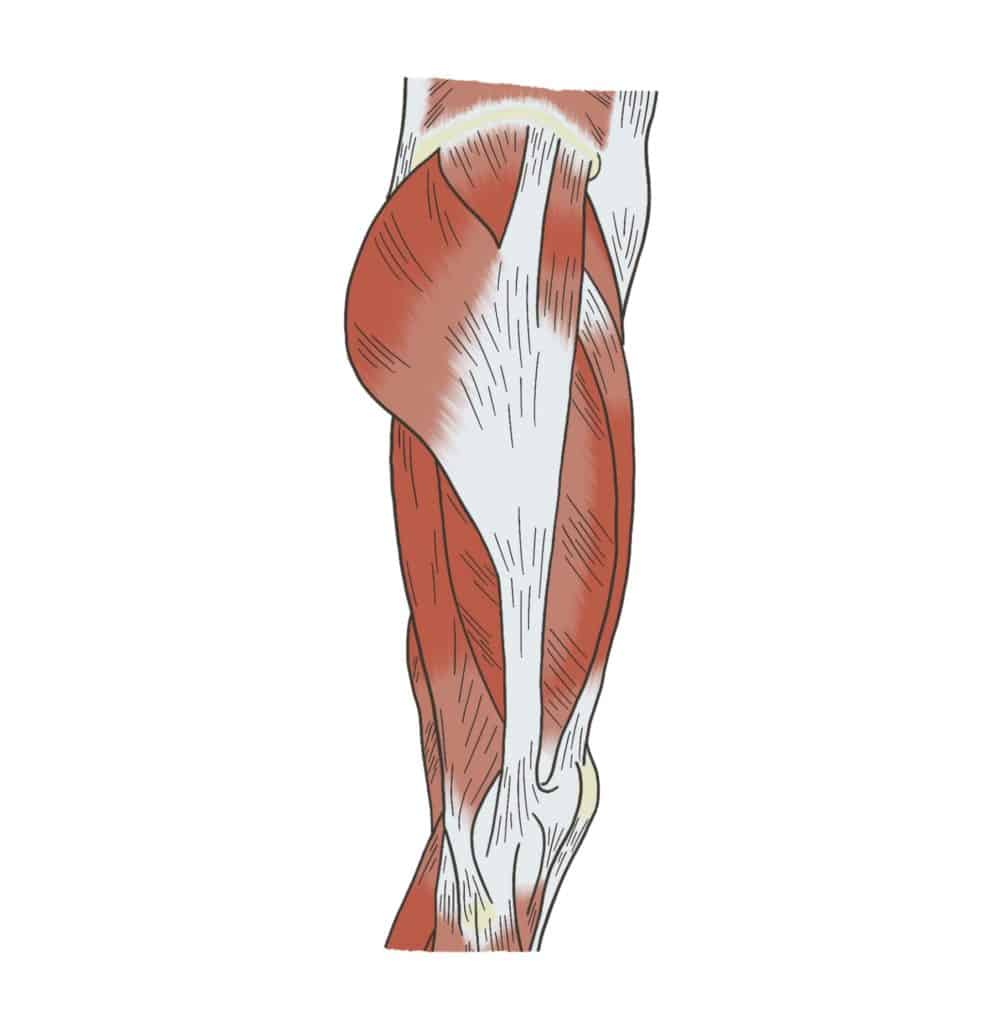Leg
Safe and effective treatment targeted at specific conditions to help ease and manage leg pain.
Sciatica
Sciatica is the term used to describe nerve pain down the length of the Sciatic nerve. It occurs when the Sciatic nerve is irritated, inflamed or compressed. Sciatica can cause pain anywhere from your lower back, to your gluteal muscles, down the back of the leg and into the foot. The pain is usually described as shooting or stabbing sensations. You may also experience pins and needles, numbness or weakness in the affected limb.
Sciatica usually gets better in around 6-8 weeks. Osteopathy can help reduce this healing time, and ensure that you are more comfortable, particularly during the initial very acute phase. We can also offer you advice on how to prevent future episodes of sciatica.
It is very important that you seek immediate medical attention if you have any of the following symptoms:
• Pain or Numbness into both legs that is severe or worsening
• Pins and needles or numbness in the genital area
• Lack or Loss of control of your bowel or bladder
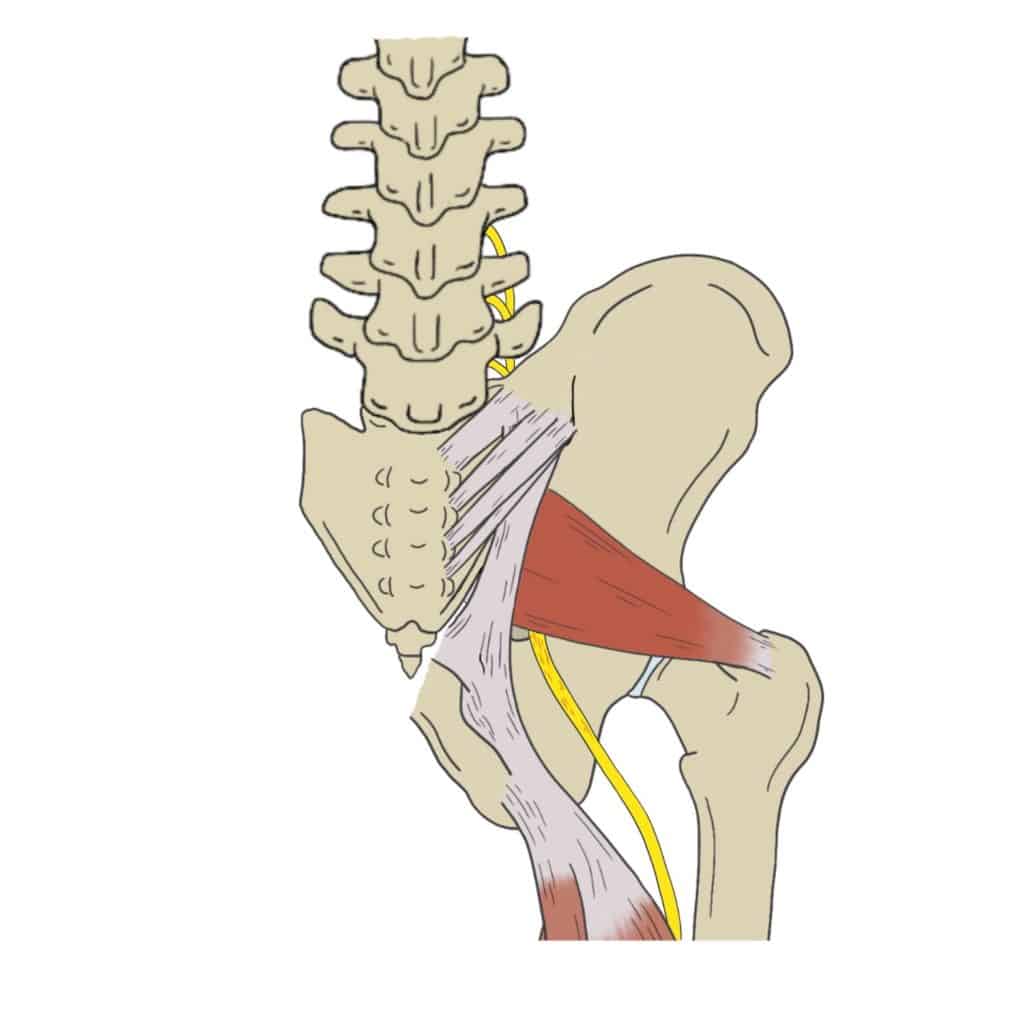
Hamstring Strain
The hamstrings are a group of 3 muscles that run down the back of your thigh. Hamstring strains are common injuries, especially in active individuals.
There are three grades of strain. Grade 1 occurs when the muscle is overstretched, you should be able to walk without too much pain but faster movements may hurt. In a Grade 2 strains a greater percentage of muscle fibres have been damaged and walking may cause sharp stabbing pains in the back of the thigh and extending your knee may be painful. A grade 3 strain/tear involves rupture of muscle fibres, any movement will be painful or not possible and there may be significant bruising or swelling. Bruising may also be seen lower down in the leg as far as the foot and ankle, this is due to gravity drawing the blood downwards.
Without correct treatment and rehabilitation hamstring injuries can become a pesky reoccurring issue. The good news is, they respond well to osteopathy and Laser therapy. The recovery time will depend on the grade of strain/tear and your fitness level prior to the injury. Your osteopath will be able to assess, diagnose and treat your hamstring strain and give you suitable rehabilitation exercises so that you are able to return to your chosen sport/activity as quickly as possible.
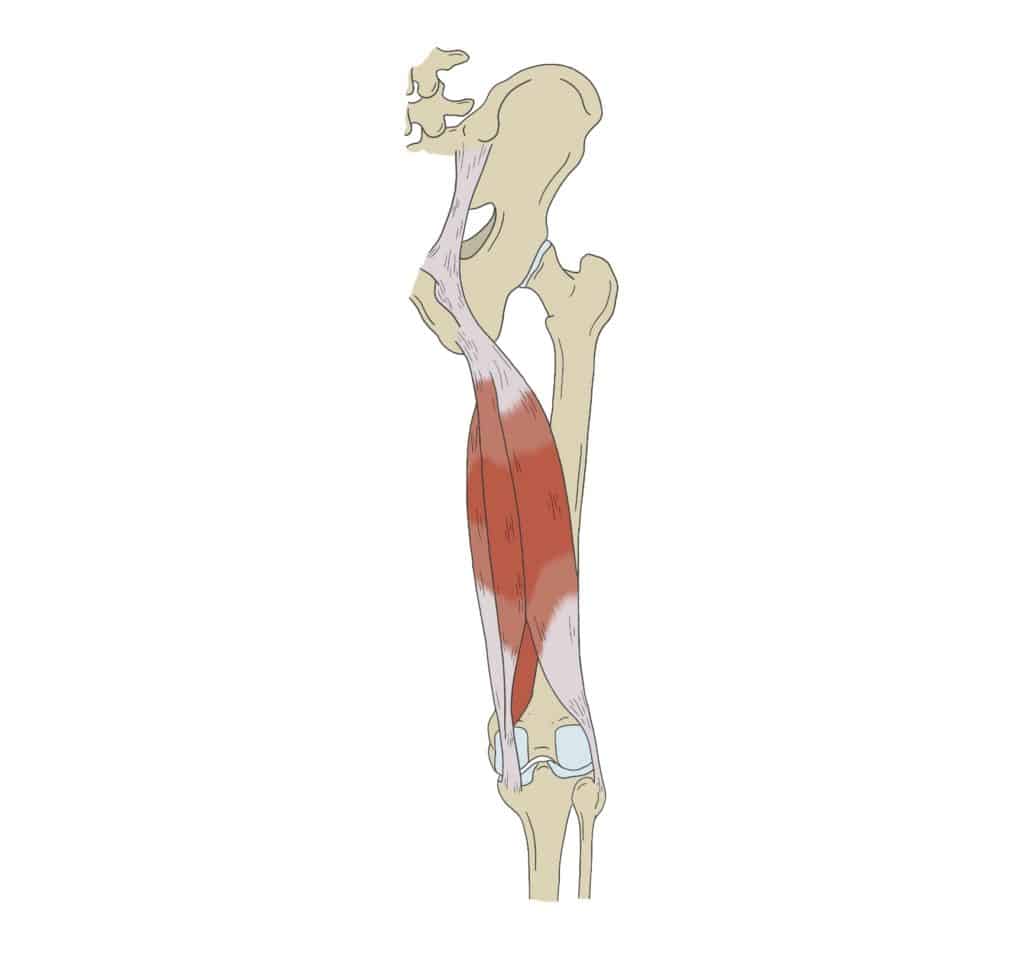
Groin Strain
A groin strain is an injury to the inner muscles of the thigh (adductors). They most commonly occur in athletes after quick movements such as kicking, twisting or jumping. Most groin injuries that we see in clinic are acute injuries (happened fairly recently).
There are three grades of strain. Grade 1 occurs when the muscle is overstretched, you should be able to walk without pain but faster movements may hurt. In a Grade 2 strains a greater percentage of muscle fibres have been damaged and walking may cause sharp stabbing pains in the groin and inner thigh. A grade 3 strain/tear involves rupture of muscle fibres, any movement will be painful or not possible and there may be significant bruising or swelling.
Osteopathy can help aid the recovery time for a groin strain. The length of time you will need to recover will depend on the grade of strain/tear and your fitness level prior to the injury.
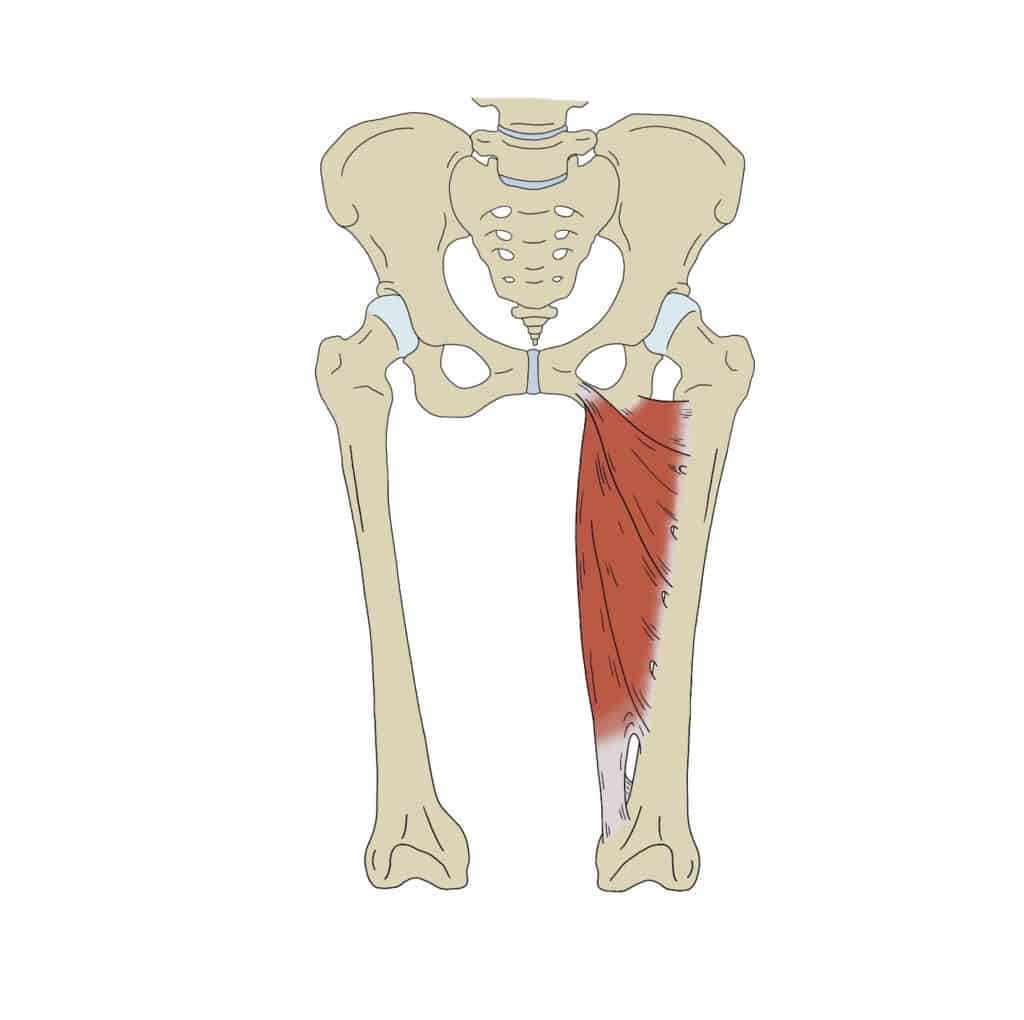
Shin Splints
Shin splints are a repetitive load injury to the shin bone (tibia). It is a very common complaint amongst runners, especially those who have recently intensified their workout, but can also occur in dancers, footballers and avid walkers etc.
If you have shin splints you will experience pain on the inner shin bone. The pain usually gets better when you stop exercising. You may also find that you have very tight calf muscles as this is a pre-cursor to shin splints. When the calf muscle becomes tight, it pulls on its attachment onto the tibia, this repetitive pull onto the attachment is what causes the inflammation and pain.
Osteopathy and Laser therapy can reduce pain and inflammation in the tibia. Osteopathy can help to restore physiological length and function to the calf muscles, thus helping to prevent reoccurrence. During your assessment our osteopaths will also highlight any functional issues occurring in the feet, ankles and knees that could be contributing to the shin splints.
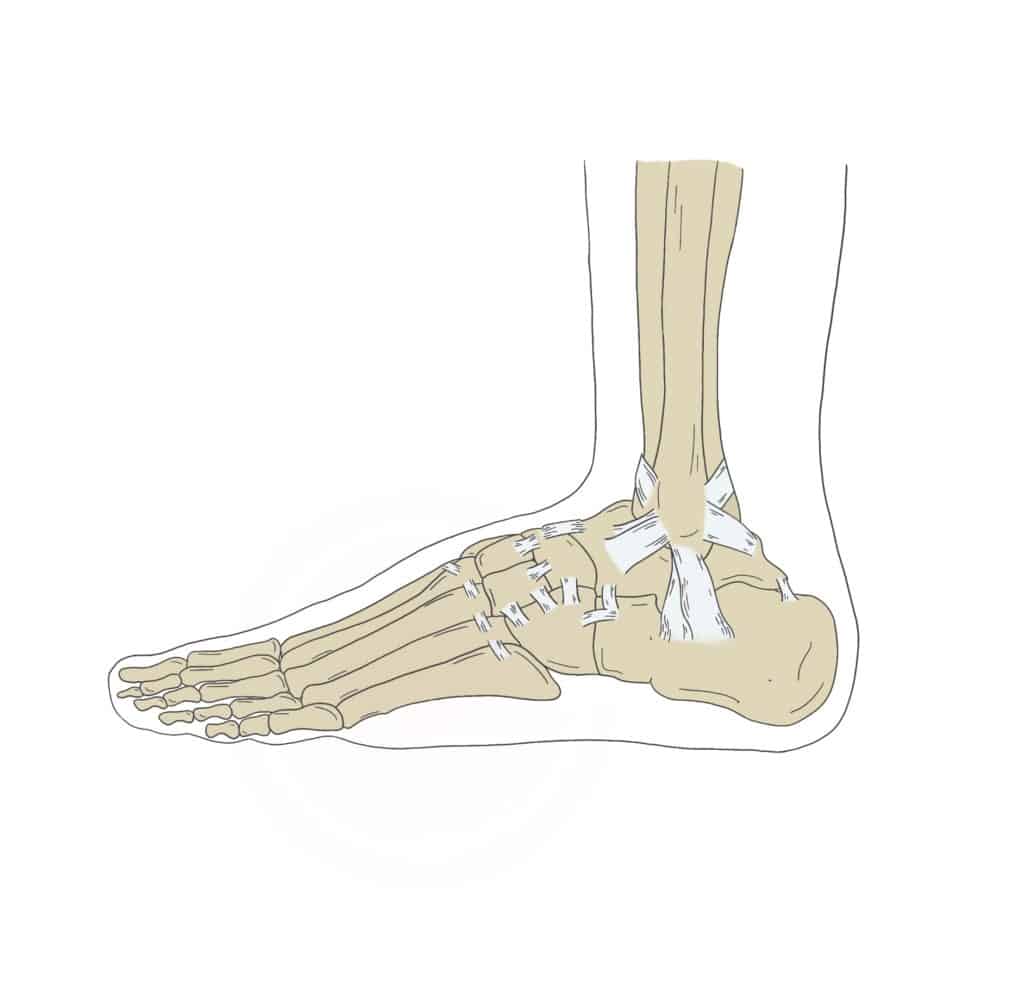
Meralgia Parasthetica
Meralgia Paresthetica is an entrapment of one of the outer nerves of the thigh (lateral femoral cutaneous nerve). It is characterised by numbness, tingling or a burning sensation in your outer thigh.
The lateral femoral cutaneous nerve becomes compressed in the front of the hip/groin area. This can be due to tight muscles, scar tissue or pregnancy, but tight belts and clothing can also be enough to compress the nerve.
Meralgia Paresthetica usually has a good prognosis and in most cases improves with conservative treatment such as osteopathy. Osteopathy helps to release the trapped nerve by lengthening the associated muscles and ensuring the surrounding joints are functioning well. Our osteopaths can also give you specific exercises to help prevent the condition reoccurring.
